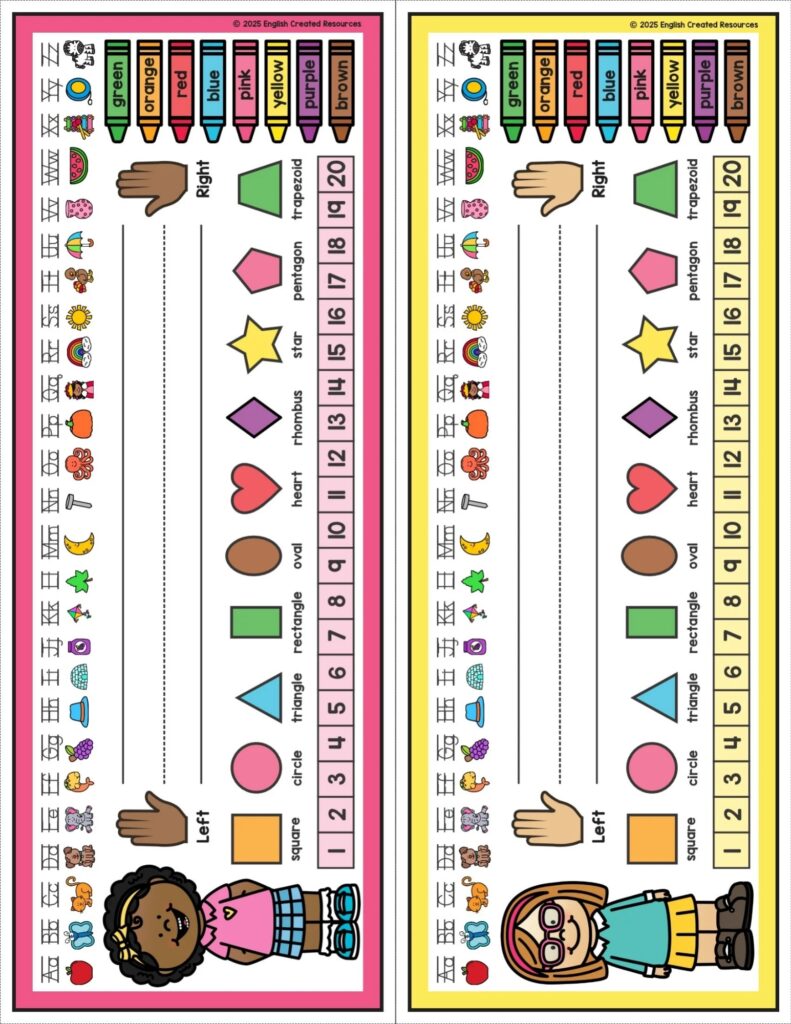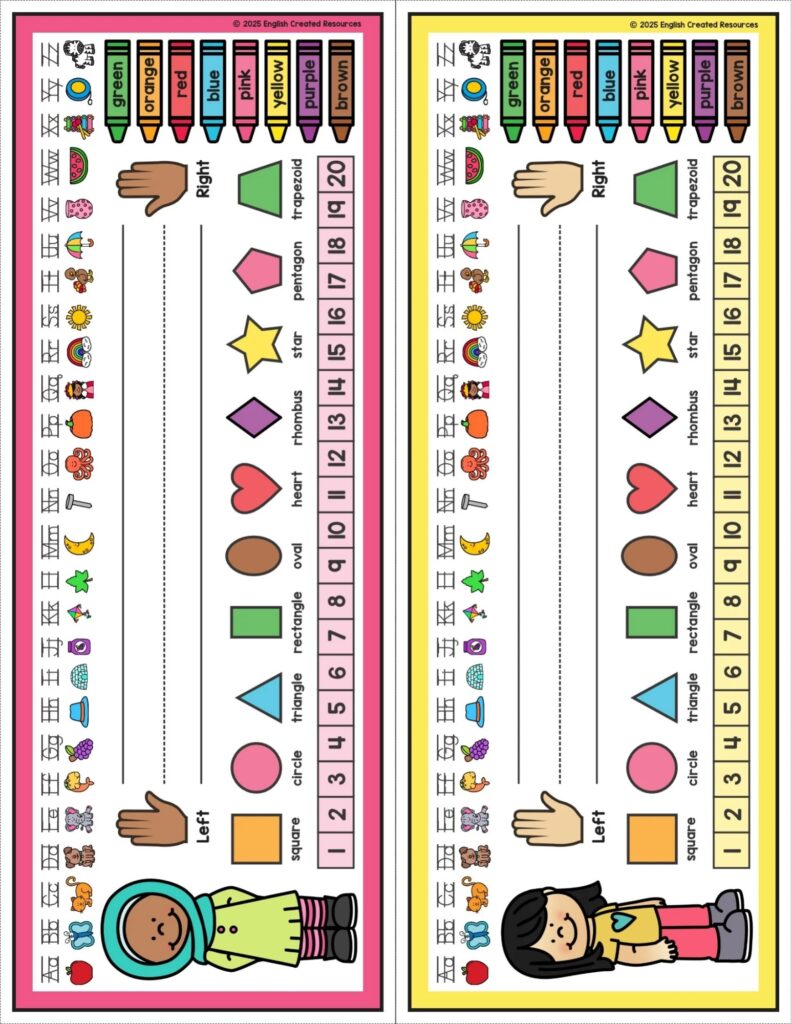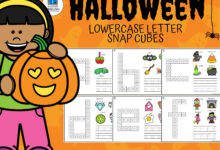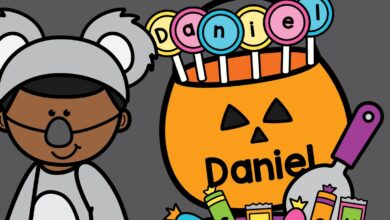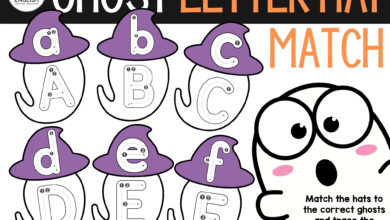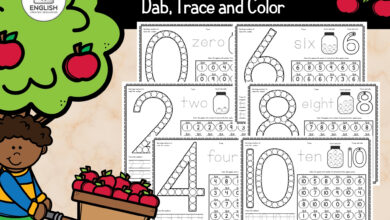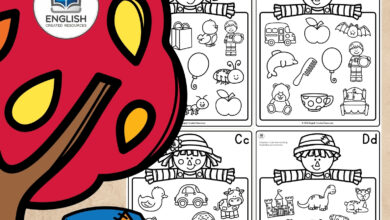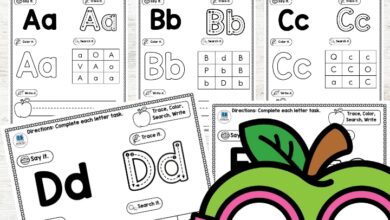Name Desk Plates

Name Desk Plates
Preschool education plays a crucial role in laying the foundation for a child’s future learning experiences. At this early stage, children develop essential academic, social, emotional, and cognitive skills. Among the various tools and activities used in preschool classrooms, one seemingly simple yet profoundly impactful item is the name desk plate. While it may appear to be just a name tag placed on a desk, its importance goes far beyond identification. Name desk plate activities provide a wide range of benefits that contribute significantly to a child’s development and success in school.
1. Promoting Name Recognition and Literacy Skills
One of the first steps in early literacy is name recognition. Young children are naturally curious about their own names and the names of their classmates. Having their name displayed prominently on their desk encourages frequent exposure to letters and spelling patterns. Repeatedly seeing and hearing their name helps them associate spoken sounds with written symbols—an essential literacy milestone. Name desk plates often include the child’s name in clear, large font, sometimes with a capital letter followed by lowercase letters, helping children learn proper spelling and letter formation.
Moreover, many teachers use desk plates with alphabet lines, number lines, colors, and shapes, which reinforces basic academic concepts alongside the child’s name. When children engage in activities involving their name—like tracing, writing, decorating, or finding letters—they strengthen fine motor skills and early reading readiness.
2. Encouraging a Sense of Identity and Belonging
In the preschool years, developing a sense of identity and self-awareness is key. A desk plate with a child’s name makes them feel valued and recognized. It communicates to the child that they have a unique place in the classroom, which promotes confidence and self-esteem. This visual representation of their identity helps children understand that they are part of a group but still seen as individuals.
In addition, when children see their name alongside those of their peers, they start learning to recognize others’ names, which supports early social skills and classroom community-building. Calling peers by name fosters mutual respect and positive interaction.
3. Supporting Classroom Organization and Independence
Name desk plates play an essential role in maintaining classroom organization. When children know exactly where they are supposed to sit, it reduces confusion and helps transition times run smoothly. This is especially important in preschool, where routines and structure provide a sense of security.
More importantly, desk plates encourage independence. Children can find their seats by themselves, locate their materials, and take responsibility for their space. This independence fosters a sense of responsibility and pride in their belongings and their work.
4. Facilitating Social Interaction and Peer Relationships
Preschool children are just beginning to develop social skills such as sharing, cooperation, and communication. Name desk plates help facilitate these skills by making it easier for children to interact with one another. When children know each other’s names, they can address each other properly, initiate conversations, and build friendships.
Teachers can also use desk plate activities to foster cooperative learning, such as pairing children together to find or match names, engage in role-play, or participate in name games. These interactive experiences promote positive peer relationships and help children feel more comfortable in social settings.
5. Assisting Teachers in Classroom Management and Personalization
From the teacher’s perspective, name desk plates are helpful for learning student names quickly, managing classroom behavior, and individualizing instruction. Teachers can easily address each child by name, assign tasks, and provide personalized feedback. Desk plates also serve as a quick reference during activities like attendance, group assignments, or distributing materials.
Moreover, teachers often use information on desk plates—like pictures, numbers, or colors—to differentiate instruction. For example, children who are still learning to recognize their names might have their desk plate written in both uppercase and lowercase letters, while advanced learners might be encouraged to write their name without assistance.
6. Enhancing Creativity and Fine Motor Skills
Many classrooms allow students to create or decorate their name desk plates. This activity gives children the opportunity to express their personality through art. Choosing colors, drawing shapes, or adding stickers not only makes the activity fun but also develops fine motor coordination, which is vital for writing and other academic tasks.
Creative desk plate activities allow children to take ownership of their work and environment. When students see their own artwork on their desk every day, it instills a sense of accomplishment and pride.
7. Bridging the Gap Between Home and School
Name desk plates can also help connect home and school. When families visit the classroom or view photos of class setups, they can easily identify their child’s spot and see how the child is integrated into the school setting. Teachers may also send home mini desk plate replicas for practice, helping parents reinforce name writing and letter recognition at home.
This home-school connection strengthens family involvement and supports children in practicing skills beyond the classroom.
Though simple in appearance, name desk plate activities are incredibly valuable in early childhood education. They serve as powerful tools for promoting literacy, building identity and community, supporting organization and independence, enhancing creativity, and strengthening teacher-child and peer relationships. For preschool children, a name desk plate is more than a name—it’s a stepping stone toward self-confidence, learning success, and a lifelong love for school. Educators and parents alike should recognize the significant role that these activities play in shaping a child’s early educational journey.
Samples From the Activities
